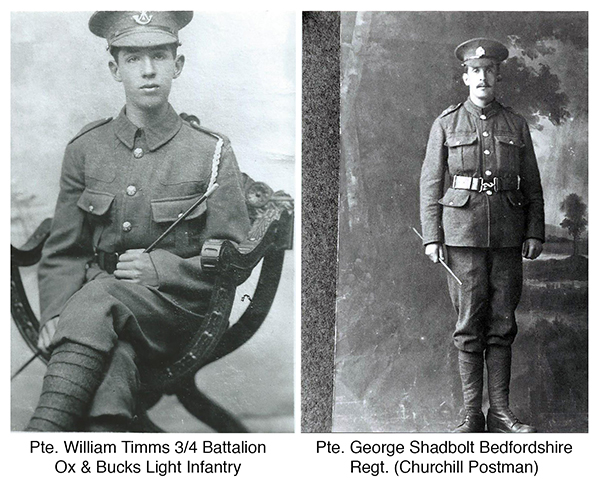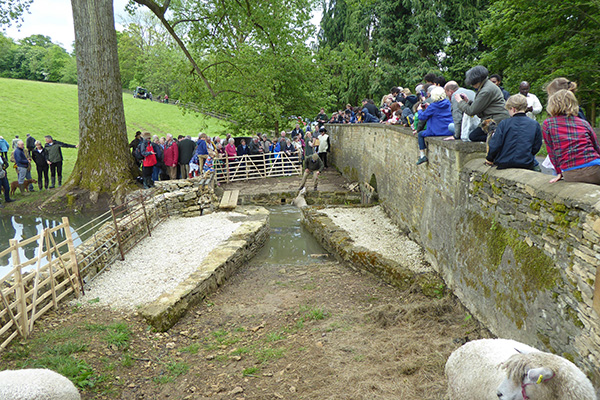Curated by local historian, Christine Gowing

There is nothing new. The hearth tax imposed in 1662 by Charles II’s government (always short of funds) put pressure on the villagers of Churchill, just as taxation vexes us now. But for one woman in 1684, the temptation to avoid the tax in order to light her fire to bake bread became just too strong.
At some stage she had made a funnel to join chimneys with that of her neighbour and on Wednesday 30th July 1684, she was found out when her house was set ablaze and fire spread throughout the village. It resulted in the loss of four Churchill lives and twenty dwellings. And the event led to the creation of the village we now know - with the rebuilding of stone houses at the top of the hill.
The exhibition revealed what happened to the serial tax evader (this was not her first offence) and how the local communities at the time reacted and supported the ravaged village of Churchill.
A History of Criminal Justice in Churchill
Curated by crime historian Dr Nell Darby
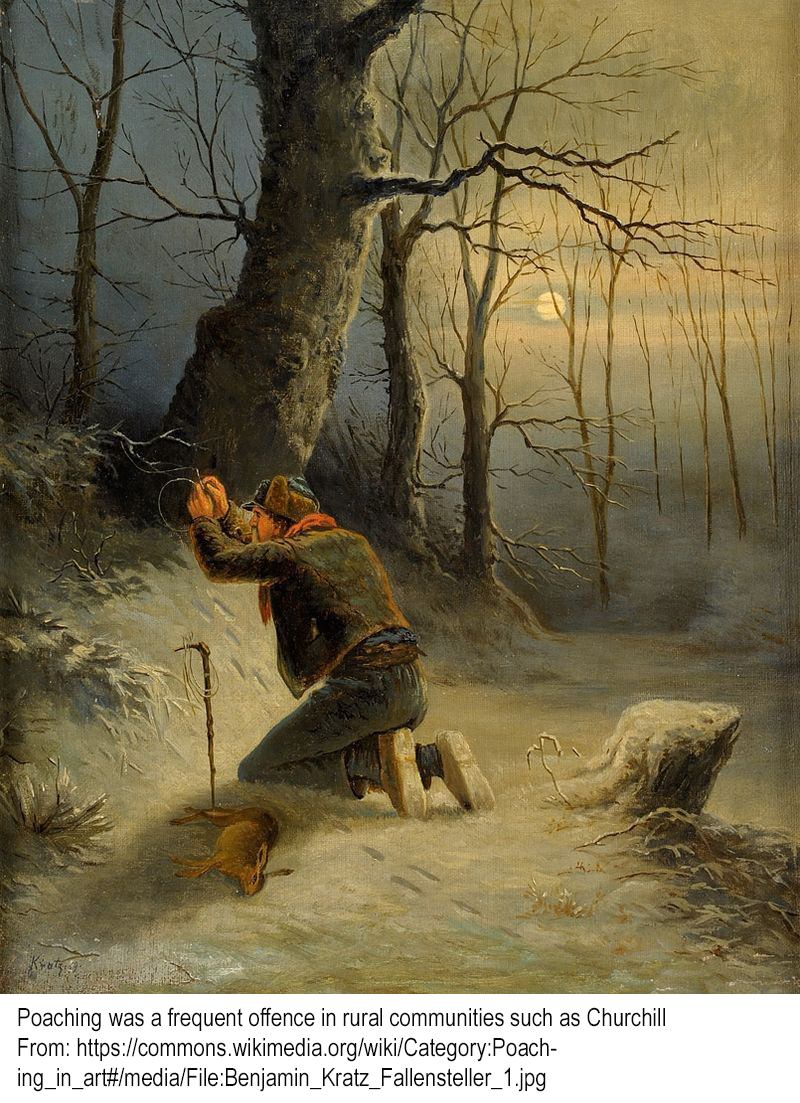 What were the crimes that local people committed in the 18th and 19th centuries, who committed them, and who apprehended and punished them? From poachers to turnip stealers, and from policemen to magistrates, this exhibition built a picture of rural crime and justice in the Churchill area over this period.
What were the crimes that local people committed in the 18th and 19th centuries, who committed them, and who apprehended and punished them? From poachers to turnip stealers, and from policemen to magistrates, this exhibition built a picture of rural crime and justice in the Churchill area over this period.
Using archive documents and newspaper reports, the exhibition was divided into two main themes: firstly, crime and criminals, and secondly, constables and courts.
The first part looked at case studies of local offenders and the crimes they committed, such as theft, poaching, and assault. These offences were typical rural crimes – but who committed such offences, and why? Looking at cases involving local labourers and servants, this section of the exhibition also assessed whether Churchill’s offenders were career criminals or were reformed after a first offence.
The second part looked at those who were responsible for law enforcement – the local police and the magistrates, who were usually local landowners or, later, clergymen – and how and where individuals were punished, exploring both the tripartite system of summary proceedings (later petty sessions), Quarter Sessions and Assizes, and the varied places where individuals could be held, from lock-ups to the forbidding surroundings of Oxford’s gaol.
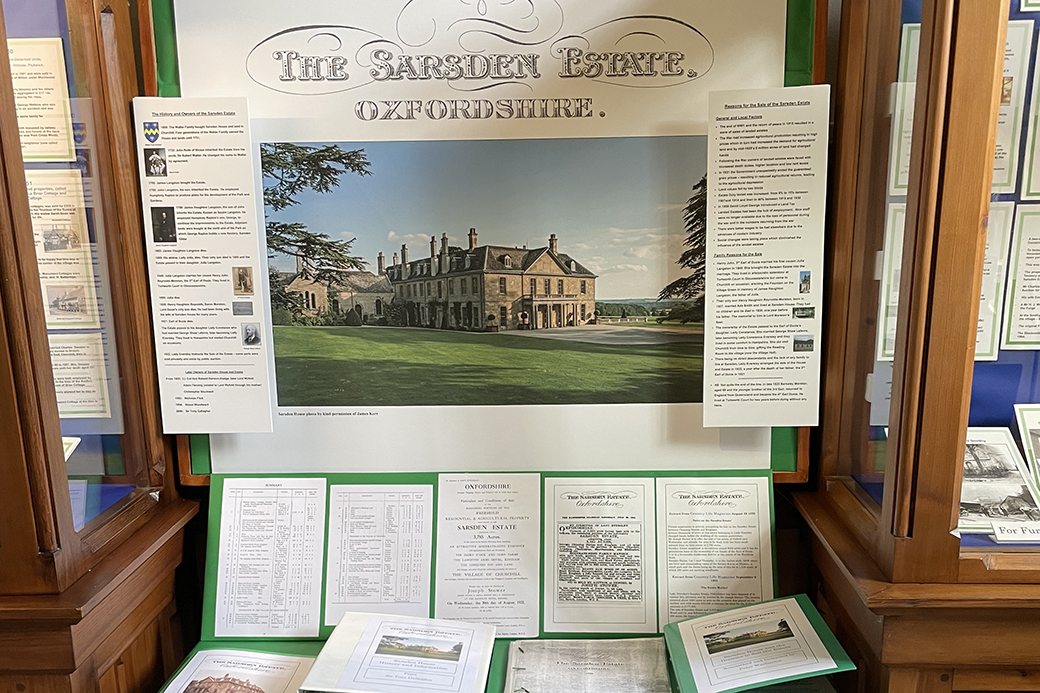
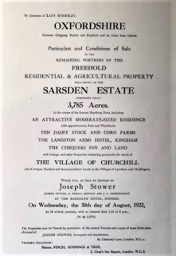


 What were the crimes that local people committed in the 18th and 19th centuries, who committed them, and who apprehended and punished them? From poachers to turnip stealers, and from policemen to magistrates, this exhibition built a picture of rural crime and justice in the Churchill area over this period.
What were the crimes that local people committed in the 18th and 19th centuries, who committed them, and who apprehended and punished them? From poachers to turnip stealers, and from policemen to magistrates, this exhibition built a picture of rural crime and justice in the Churchill area over this period.